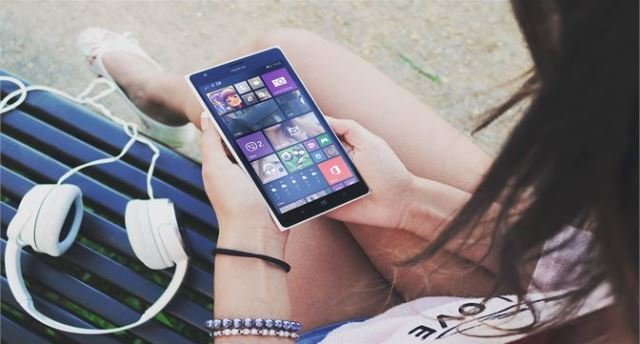The latest Ookla report, using data from Cell Analytics, has benchmarked 5G indoor coverage in nine iconic buildings, providing insights into the signal strength and quality experienced by users.

The exclusive analysis includes the average Reference Signal Received Power (RSRP) and Reference Signal Received Quality (RSRQ), revealing key insights into 5G coverage in these high-rise environments.
Overall, most skyscrapers provide superior signal strength, but there are coverage gaps. Shanghai Tower recorded the strongest 5G signal, supported by China’s advanced 5G infrastructure. Burj Khalifa and the Empire State Building also offered strong coverage, thanks to the UAE’s and New York City’s 5G deployments. The Shard in London, with its glass-heavy design, showed weaker coverage, as did Taipei 101 and Petronas Twin Towers in Kuala Lumpur, which experienced inconsistent coverage in certain areas.
Some buildings showed minimal differences in signal strength between lower and higher floors, including the Burj Khalifa, One World Trade Center, and Taipei 101, all benefiting from consistent 5G network quality. However, skyscrapers like the Petronas Twin Towers and Lotte World Tower showed significant declines in signal strength as the elevation increased, highlighting challenges in providing reliable coverage at higher levels.
Shanghai Tower recorded the strongest 5G signal with an average RSRP of -71.04 dBm, suggesting a well-optimized indoor network, likely supported by China’s robust 5G infrastructure. Burj Khalifa in Dubai and the Empire State Building in New York both showed strong 5G coverage, with RSRP values of -85.53 dBm and -83.19 dBm, respectively. Both buildings also reported excellent signal quality, with average RSRQ values of -11.07 dB and -11.95 dB.
The Shard in London had the weakest coverage among the buildings analyzed, with an average RSRP of -96.69 dBm, and much weaker signal strength at lower levels, with values as low as -113 dBm. Taipei 101 and the Petronas Twin Towers showed good average 5G signal strength, but parts of these buildings suffered from inconsistent coverage. Taipei 101’s lower floors had RSRP values below -100 dBm, with -105.00 dBm recorded, and the Petronas Twin Towers also showed weaker signals, with values dropping to -101.00 dBm.
One World Trade Center and Autograph Tower had similar 5G characteristics, with strong average RSRP values around -85 dBm or better, but both buildings exhibited weaker coverage in some areas, particularly in the lower 10 percent of floors. Despite these inconsistencies, both buildings had relatively good overall signal strength and quality.
For coverage, skyscrapers need targeted network solutions, such as small cell deployments and distributed antenna systems (DAS), especially given how building materials like Low-E glass can block 5G signals.
Telecom providers and building developers must collaborate to ensure seamless, fast, and stable connectivity across all floors. With 5G’s evolution, indoor network improvements will be vital for applications like IoT, mobile broadband, and smart cities.
Baburajan Kizhakedath
